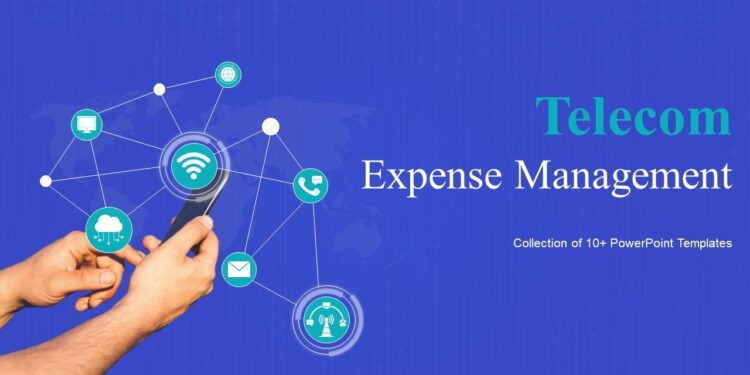Understanding the concept of telecom expense management (TEM), its benefits to businesses, and the best practices in implementing it are crucial for any modern organization that aims to streamline its communications while also maintaining cost efficiency.
This article will delve deep into these aspects to present a holistic view of TEM. Keep reading to learn more about the telecom expense management definition. Understanding Telecom Expense Management: Its Conception and Importance
Telecom expense management is a business approach focusing on managing, tracking, and optimizing telecom-related expenses. Generally, it includes the processes of inventory management, invoice auditing, usage management, and contract negotiation.
The idea of TEM started gaining traction when organizations observed the complexity of their telecommunications expenses. With technology advancements, businesses started investing in various communication mediums, leading to an upsurge in the complexity of managing these expenses.
The increasing usage of different telecom services in companies elevated the necessity of having an efficient system to manage all telecom-related expenditures. This is where TEM comes into play, providing businesses with an integral solution for overseeing their telecom infrastructure and cutting off excessive costs.
The importance of TEM is evident in its role in smoothing communication processes, eliminating unnecessary expenses, and allowing businesses to invest their resources more efficiently. In addition, it ensures that all billing issues are pinpointed and sorted promptly, thus avoiding financial losses.
Unraveling the Complexities of Telecom Expense Management Systems
Considered a vital tool in any organization’s arsenal, a TEM system helps to streamline different processes involved in telecom expense management. Despite its importance, understanding how a TEM system operates can be challenging due to its complexity.
TEM systems primarily manage inventory, audit invoices, and ensure contract compliance. These tasks involve dealing with massive data, which may be challenging to control without a robust system.
A successful TEM system should equip organizations with competent tools to process and analyze this data. Once completed, the information provides organizations with insights to aid in cost forecasting and critical business decision-making.
Moreover, a high-performing TEM system should provide an interface that is user-friendly and easy to navigate. By doing so, it can enhance user experience and boost efficiency in managing telecom expenses. To make this happen, companies often resort to software solutions.
Key Benefits Behind Effective Telecom Expense Management
Having an effective TEM is beneficial for businesses in several ways. First, it helps organizations save money by identifying discrepancies in the invoicing process, preventing overcharges and fraudulent billing.
Moreover, TEM offers businesses a more strategic approach to managing their telecom resources. With its help, organizations can analyze the usage of telecom services, allowing them to make informed decisions about downsizing or expanding their telecom infrastructure.
Another prominent benefit of TEM is its contribution to improving overall operational efficiency. Organizations can dedicate more time and energy to their core operations by having a systematic approach to managing telecom expenses.
Last but not least, TEM’s proactive approach aids organizations in detecting billing errors, reconciling invoices, and helping to negotiate better contractual terms with telecom service providers.
Best Practices for Successful Telecom Expense Management
Implementing TEM can be a challenging task. Organizations should establish a team dedicated to managing telecom expenses to ensure a successful TEM. This team should be well-acquainted with the company’s telecom structure, usage, and contract details.
Another essential practice is regular auditing. It helps companies to stay updated with their telecom expenses and promptly identify any irregularities. It also helps to understand the fluctuation in telecom expenses, which aids in better budgeting.
Automating the invoicing process is another measure that can significantly enhance the efficiency of a TEM system. By doing so, businesses can avoid human errors, ensuring a higher level of accuracy in billing management.
Implementing telecom expense management is critical to an organization’s financial health and operational efficiency. Keeping ahead of evolving trends is an integral part of this process, ensuring businesses remain cost-efficient in their telecom practices and ready for future advancements.
Do you have a story in your community or an opinion to share with us: Email us at editorial@watchdoguganda.com












